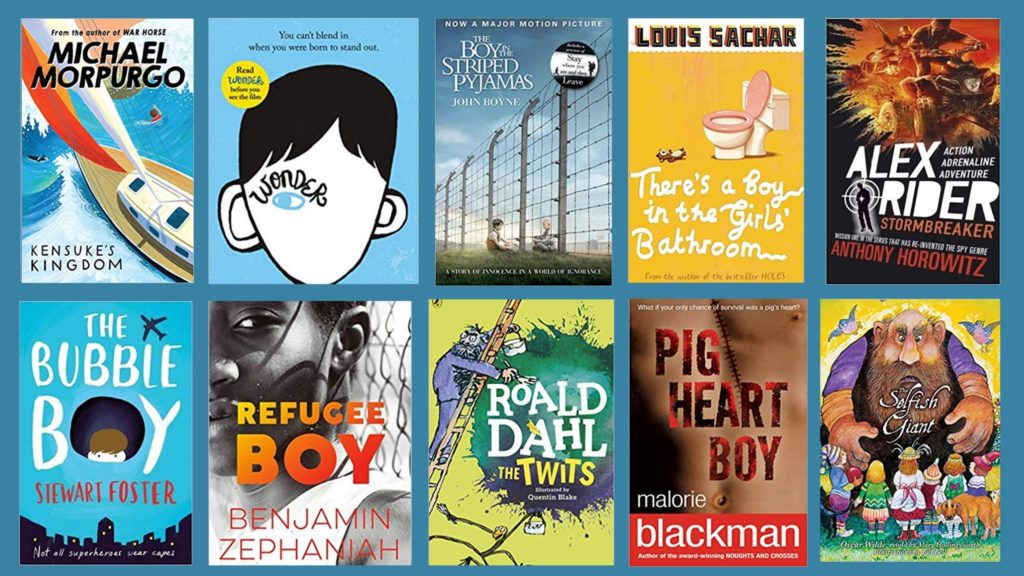Crafting an inclusive lunch break

Who will be first to the chip queue?! For most students, break and lunch is time for freedom, fun and a release of energy. For most staff, break and lunch is time for getting last minute printing done and catching up on emails.
I tend to fall into the trap of sitting at my desk to eat lunch due to the ease of getting extra work done. Yet it’s depressing and is often interrupted! When I do take myself to the staffroom, I generally feel refreshed and ready for what the afternoon will bring.
In an ideal world all students should also feel refreshed, but in reality, this isn’t the case.
The time I spend resolving situations is mostly from incidents which happened at break or lunch. This is no surprise. Playgrounds by nature are less inclusive than classrooms. There are endless distractions, hundreds of things are happening and the background noise is high.

For students with speech and language difficulties or autism, break/lunch is arguably the most stressful time of the day. Anyone with communication difficulties will become excluded if suitable arrangements aren’t put in place.
So how can we make break and lunch times more inclusive?
Around 20 students in the school I work at have an early break/lunch pass. These students have known anxieties around big crowds and this arrangement allows for them to experience a more peaceful period in the day.
I would recommend putting this in place for any student you teach who has autism (if they agree to it). Providing this period of calm reduces the risk of incidents later on.
All students have the right to feel refreshed after a break or lunch. It is integral to their emotional well-being and potential for learning.
Hopefully, your school has an area where students can get away from the busyness. Do you have a quiet space where students can play Lego, or read or play a board game? Not all students enjoy tearing around and kicking a ball…
Board games are particularly beneficial for students with speech and language difficulties. More importantly, students are happy and having fun!
If you notice a student is often getting into altercations or struggles to settle are after break/lunch, explore what’s happening and get some strategies in place.
Sometimes you may need to observe the student over a couple of days to learn what would work best. Although this takes time, it will likely help post break/lunch lesson engagement.







Responses